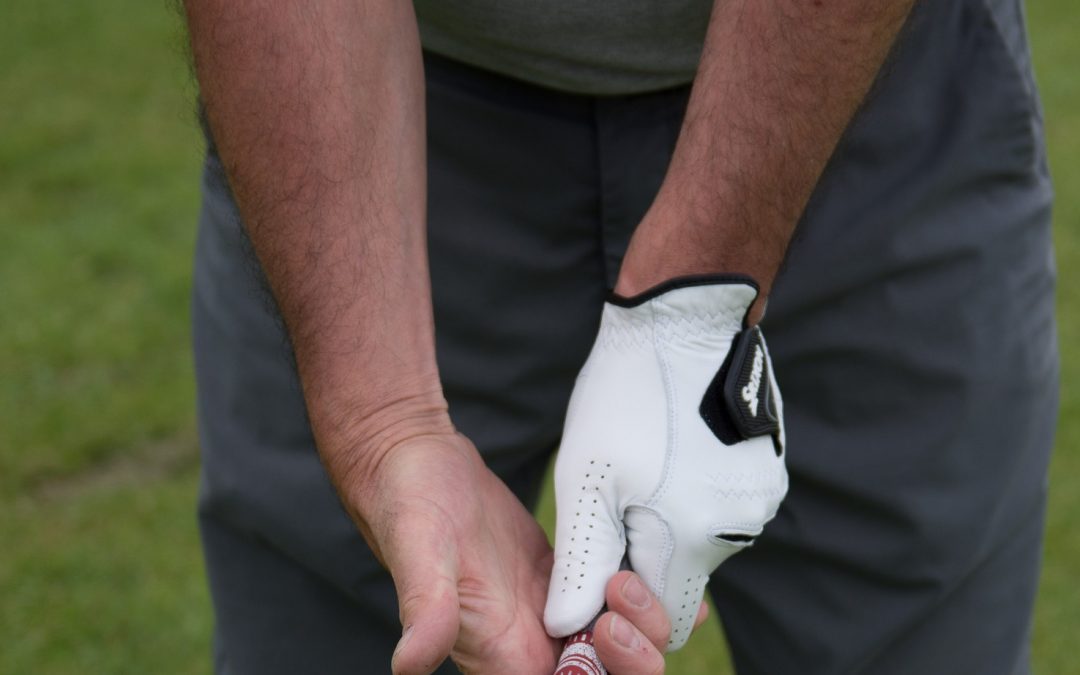It happened again. You almost had the perfect swing, but something is keeping you from hitting that shot. You just can’t seem to get it right, and you don’t know what you’re doing wrong. Many professionals say it might be your grip.
“Having a great swing with a bad grip is like having a great automobile with a bad engine,” says PGA Master Professional Dennis Clark. You need both to be operating smoothly in order to be successful.
What kind of grip do I have?
There are three main types of golf grips: neutral, strong, and weak. Each grip has a unique effect on your swing and thus, your game!
You can tell what kind of grip you have by grasping your club as if you are setting up to swing, and evaluating your hand placement. Be sure to pay special attention to the location of your thumbs.
Grips are determined by where your hands lay in relation to the center of the club. Generally speaking, a neutral grip indicates that both of your hands fall squarely in the middle of your club. Strong grips place your hands slightly to the right, and weak grips place them slightly to the left.
It’s important to note that you must account for both of your hands when assessing your grip. Your left hand may be in neutral position, while your right leans towards strong. You can adjust each hand individually, thereby manipulating your swing to impact the direction of your ball.
Which grip is the best?
There is no right or wrong answer to this question. Changing your grip can be beneficial or detrimental depending on the current location of your ball, and the direction you’d like for it to go. The trick is to choose the correct grip for each situation.
A strong grip is often best when attempting to hit from the inside. It creates the potential for a draw or hook. Conversely, a weak grip is best when attempting to hit from the outside, as it creates the potential for a fade.
Neutral grips are considered more versatile and, according to the Grateful Golfer, are best used by players that have perfected all other aspects of their swing.
When should I change my grip?
When you decide to change your grip will depend greatly on your current game. Some golfers change their grip prior to each shot, allowing them to maneuver the ball in the desired direction based solely on their position of play. Other golfers choose and stick with a single grip that seems to work for them the majority of the time.
If you decide to try a new grip, it’s best to start at home. Practice the new grip as often as you can without swinging. When it feels like second nature to pick up the club with your new grip, begin practicing on the course.
It is only through trial and error that you will learn how the change might affect your game. If you find that your ball is performing in a way you didn’t expect, be sure to evaluate the rest of your swing before giving up on your new grip.

